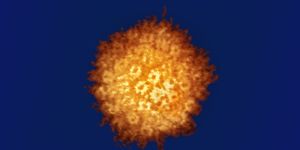Researchers at Kyoto University have sought out to determine the cause of these abnormalities through the development of a human germ cell model. What we currently know about germ cell development is due to research performed using a mouse model organism. While using this model has provided a great deal of valuable information, there are significant differences in the precise mechanisms for germ cell development among mammalian species. Because of the limitations in access to relevant materials as well as the controversy surrounding human stem cell research, there is a critical lack of information surrounding the mechanisms for germ cell development in humans.
In their study, researchers from Kyoto University explored the possibility of using a mouse germline to induce a human germ cellfate for the study of early human germ cell development. Through the development of this laboratory human germ cell line model, the research team was able to illustrate the transcription interactions and signaling events that occur during stem cell development. More importantly they were able to determine that epigenetic marks are “erased” at the beginning of germ cell development.
Through this research, the team hopes to be able to uncover the underlying mechanisms for conditions such as infertility. Although the human germ cell line model is still in its early stages, their goal is to discover the mechanism throughout the entire developmental process from the embryo to adult. With the use of this model it may also possible to uncover the cause of newly identified epigenetic disorders, such as autism. It is expected that the impact of this research will be vast.
Source: MedicineNet; Cell Stem Cell; ScienceDaily




